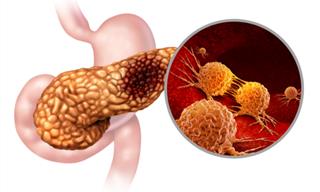Perfect Posture Exercise - Remember when your parents told you to stand up straight? There's a perfectly good reason behind that. Standing in an upright position greatly improves posture and spine health. There is an exercise you can perform at home to help build perfect posture:
Stand with your back against a wall, while keeping your heels just a few inches away. The heels are the only part of the body that should not come in contact with the wall. Walk away from the wall and back to check that your posture is upright. Repeat the process throughout the day.
Isometric Neck Exercise - Isometric exercises play a vital role in maintaining a strong and healthy neck. This particular exercise is performed against the resistance of your neck, keeping your head in a static position. Here's how to perform an isometric exercise:
Begin by sitting in a relaxed position with your hands touching your forehead. Your palms are used to resist the pressure, as you lean in towards your forehead. Place your right hand on the right side of your head, and let the left side resist the pressure being applied. Make sure you switch sides after.
The next step is to press both hands against the back of your neck, and resist your head from going backward. To complete the exercise, you'll want to press your left hand against the right side of your face as you try to turn your head to look over your right shoulder. Don't forget to switch sides.
Range-of-Motion Neck Exercise - In order to complete the range-of-motion exercise, you should slowly turn your head to the far right, pause a second, and return it to the center position. Do the same for the other side.
Drop your chin down slowly toward your chest, while holding for a brief static moment, then relax. Your head should be back in the center position now. Gently tilt your head toward your left shoulder, while holding for a moment, and gradually return to the center position.
Pillows Can Make a Difference - Last but not least, are pillows. There are certain pillows that are ideal for preventing neck pain. Water-filled pillows are used to alleviate neck pain, and give you a good night's sleep.
Orthopedic pillows are used to support the curvature of your neck, whereas, water-filled pillows, support the neck by redistributing the weight. The main function of each pillow is to keep your neck in a neutral position when you sleep. Make sure you choose a comfortable and firm mattress as well.
A Few Extra Tips
- Get a remedial massage
- Go for a swim
- Consider acupuncture treatment
- Try aromatherapy as an alternative approach
 Go to BabaMail
Go to BabaMail


























